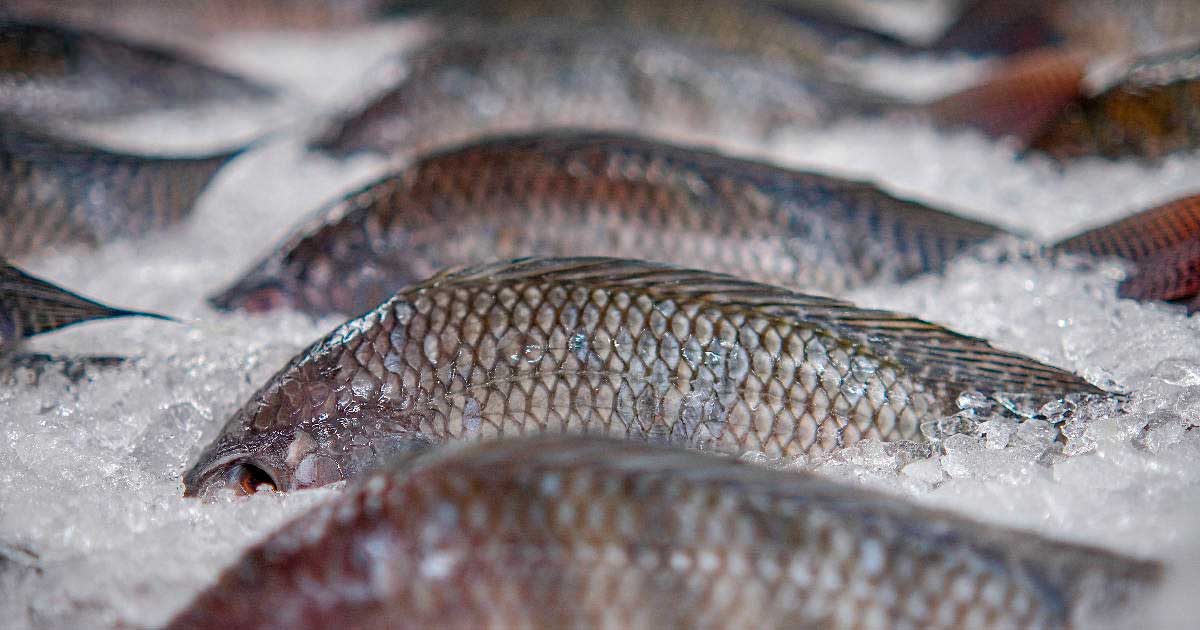Fish can be an excellent part of a healthy diet, providing important nutrients like omega-3 fatty acids which can lower your risk for diseases like cardiovascular disease, cancer, Alzheimer’s and dementia, age-related macular degeneration, and rheumatoid arthritis, among others [1]. However, there are some fish you shouldn’t eat. Unfortunately, due to human industrial activity like coal-fired electricity generation, smelting, and the incineration of waste, large amounts of mercury are ending up in our waterways, and subsequently, the fish that swim in them. Once this mercury gets into the marine food chain, it “bioaccumulates.”
This means that as smaller fish get eaten by gradually larger fish, the concentration of mercury at each level becomes greater [2]. Consuming too much mercury can be dangerous to your health, and lead to mercury poisoning. For this reason, the US Food and Drug Administration (FDA) and the US Environmental Protection Agency (EPA) have issued guidelines regarding how much mercury is safe for humans to ingest, and the non-profit Environmental Defense Fund (EDF), provides suggestions for which fish you shouldn’t eat [2].
Read More: What to Do if a Fishbone Gets Stuck in Your Throat
1. Atlantic Cod
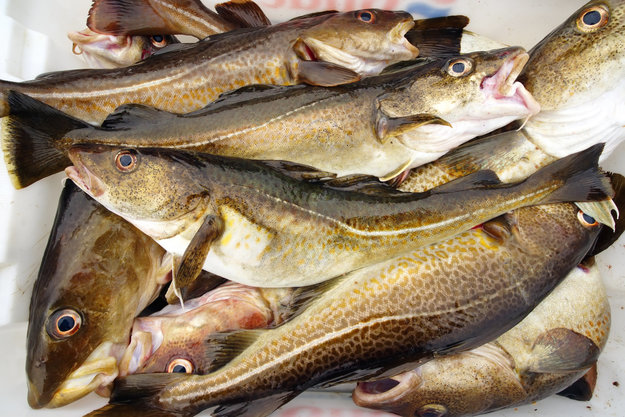
\
The problem with Atlantic cod has less to do with your health, and everything to do with the environment and the fish population. Atlantic cod has been fished heavily for a thousand years, and in the late 1990s, the fishery collapsed. Fishing for Atlantic cod has been dramatically reduced since then, but the species has struggled to rebound. Scientists agree that the collapse of the fishery has fundamentally changed the North Atlantic food web, and the species is now considered vulnerable to extinction [3].
2. Atlantic Flatfish (halibut, flounder, and sole)
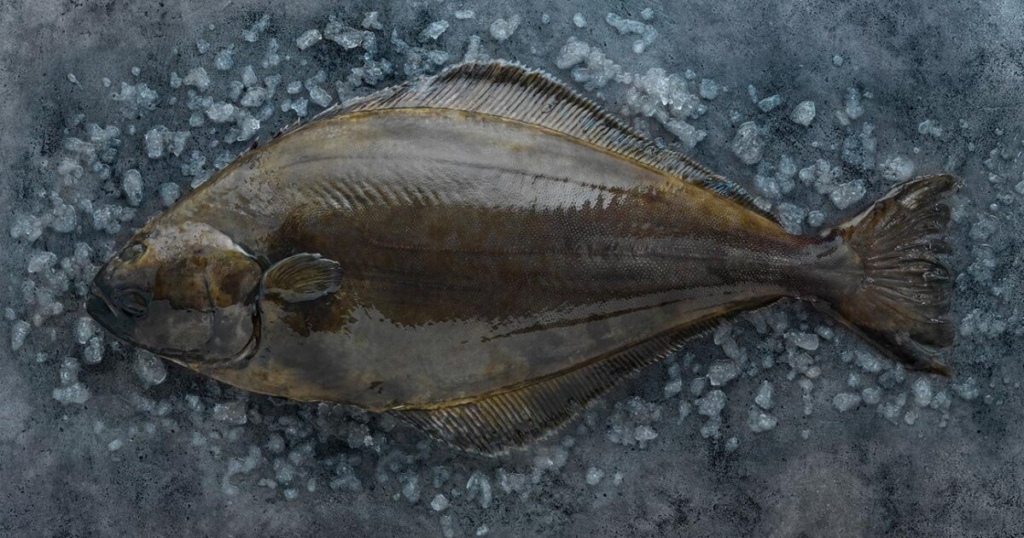
This is another case of overfishing and general waste. Commercial fisheries have what is referred to as “wasted bycatch”, which is when a fish or other marine species are caught unintentionally while catching other fish. US fisheries throw about 2 billion lbs of wasted bycatch overboard every year. This is equivalent to about half a billion meals! The California gillnet fishery, which targets halibut, has been identified as one of the worst, and if you’ve eaten halibut in the US it likely came from this operation [4].
3. Caviar
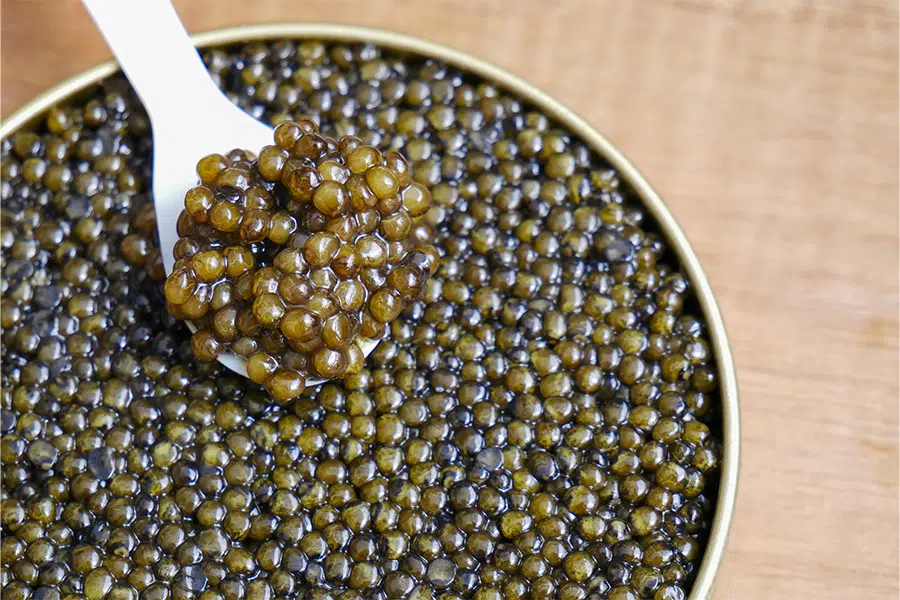
Caviar are the eggs of the Beluga Sturgeon, an ancient fish that can live for one hundred years. Its eggs are highly sought after and can be sold for thousands of dollars a pound. Because of this, this special fish is now highly vulnerable to extinction [5]. The same goes for many other types of Sturgeon as well.
4. Chilean Bass

In terms of the environment, this is another species that has been highly over-fished. In addition to that, its high mercury content poses a health risk to humans [6].
5. Eel
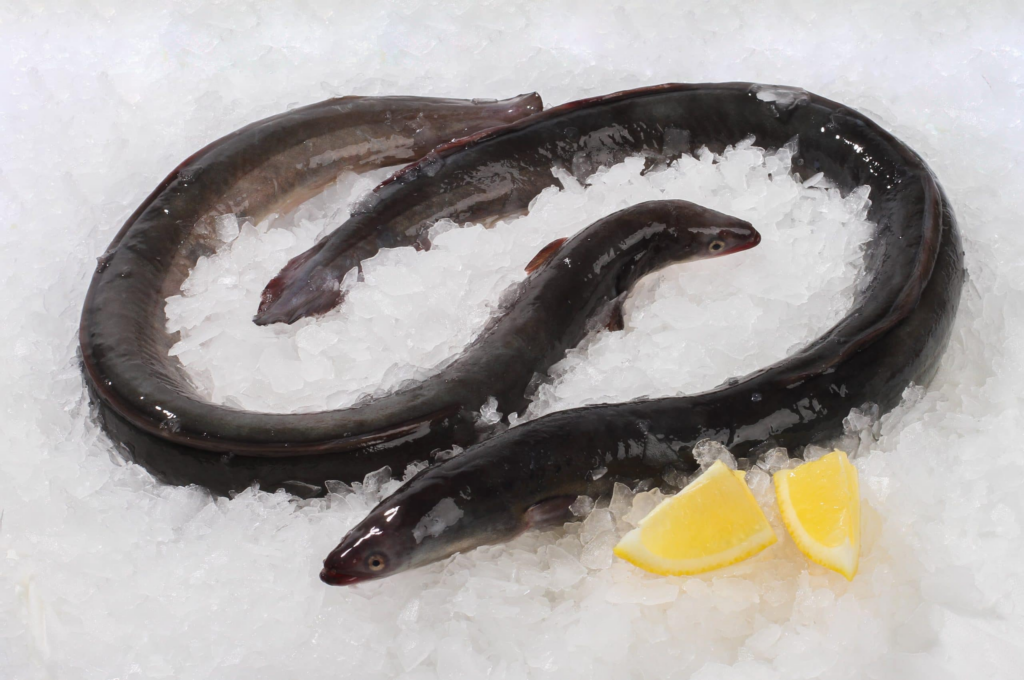
This is one fish you may want to avoid on the sushi menu. Eels are slow to mature and have been overfished in many parts of the world, causing some populations to collapse. This is problematic because eels play an important role in spreading mussel populations, which act as natural water filters [7]. Additionally, eels absorb and store harmful chemicals and pollutants very easily. This is such a problem that in some areas residents are advised to eat eel no more than once per year [8].
6. Imported Basa, Swai, Tra, Striped Catfish
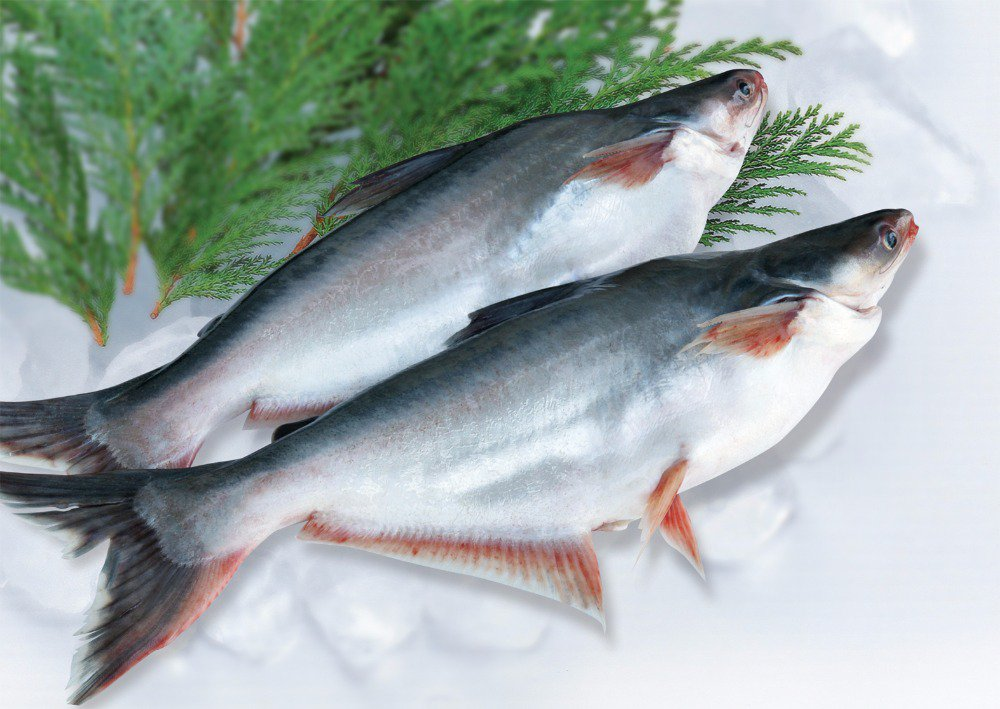
In many cases, these fish are simply labeled “catfish”, and should be avoided. A 2016 study found that seventy to eighty percent of these fish were contaminated by Vibrio Bacteria, which is what causes most cases of shellfish poisoning [9].
7. Imported Farmed Shrimp
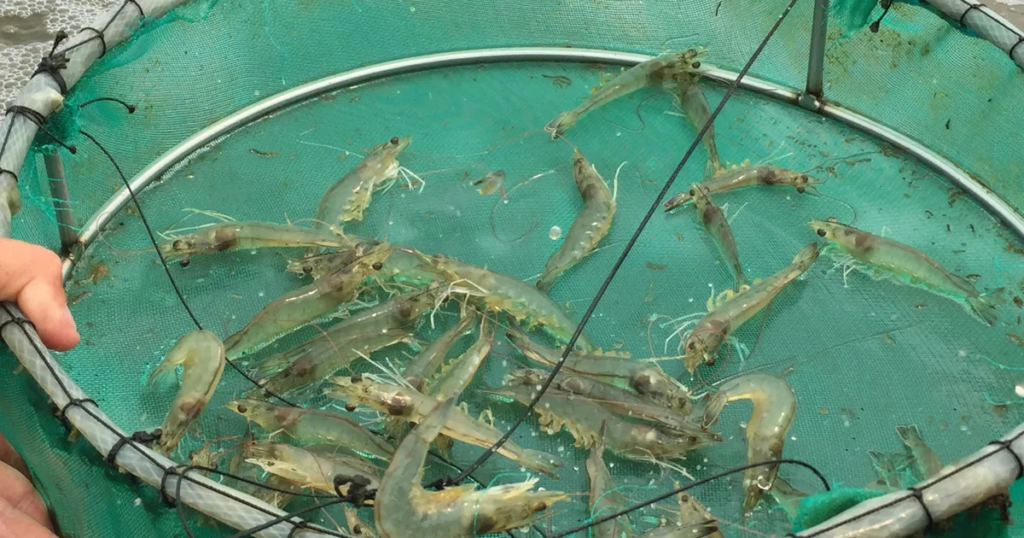
There are a number of pesticides that are used globally in shrimp production. All but one of them are banned in the United States. On top of that, these shrimps have often been treated with large quantities of antibiotics, and so any time you handle these raw shrimp you run the risk of being infected with antibiotic-resistant bacteria [19].
Read More: The Atlantic Ocean Could Be Swallowed by a Terrifying ‘Ring of Fire’
8. Imported King Crab
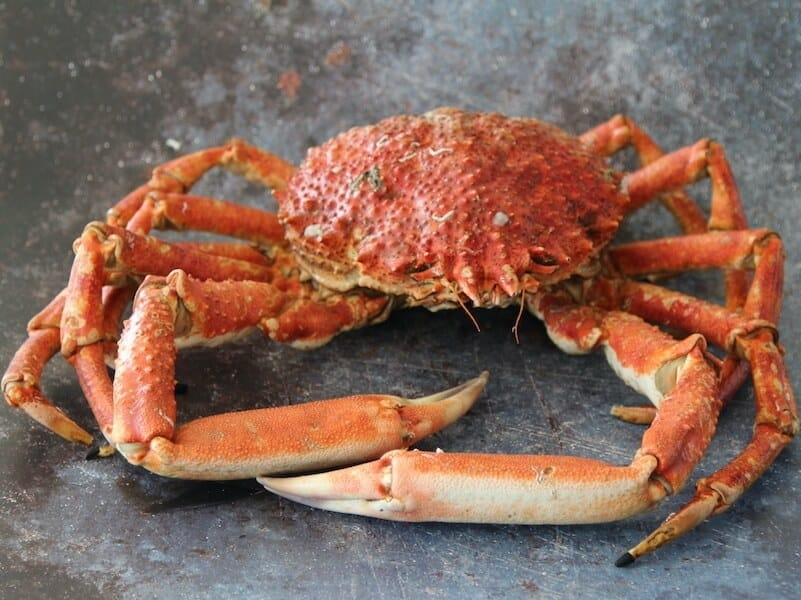
Around three-quarters of all crab sold in the United States is imported from Russia, where unsustainable fishing practices are very common. Technically, the only crab that was caught in Alaska can be called “Alaskan King Crab.” However, mislabelling is incredibly common, so it is important to know where your crab is coming from. If it says “imported” and “Alaskan” on the label, something is amiss and you should stay away [10].
9. Orange Roughy
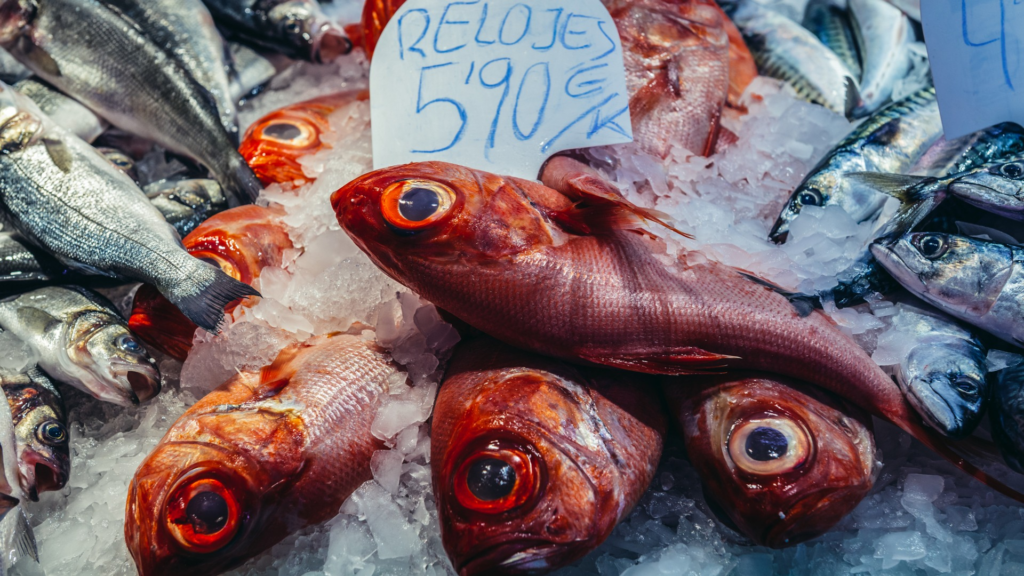
These fish can live for several decades and don’t typically reach sexual maturity until they’re at least twenty years old. They are another species that have been overfished, but because of their very slow reproduction cycles, they have an extremely difficult time recovering [11]. Orange Roughy is also known to have high levels of mercury [7].
10. Shark
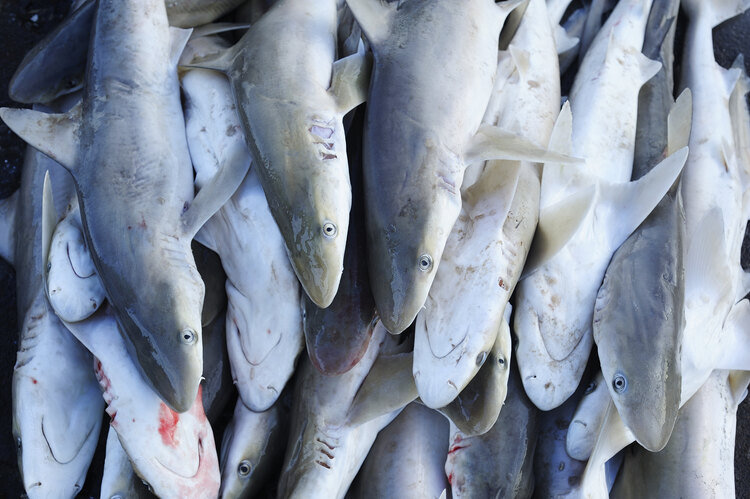
Since sharks are at the top of the food chain, they have very high levels of mercury [7]. They are also slow to mature and reproduce, and thus overfishing has depleted their populations as well.
